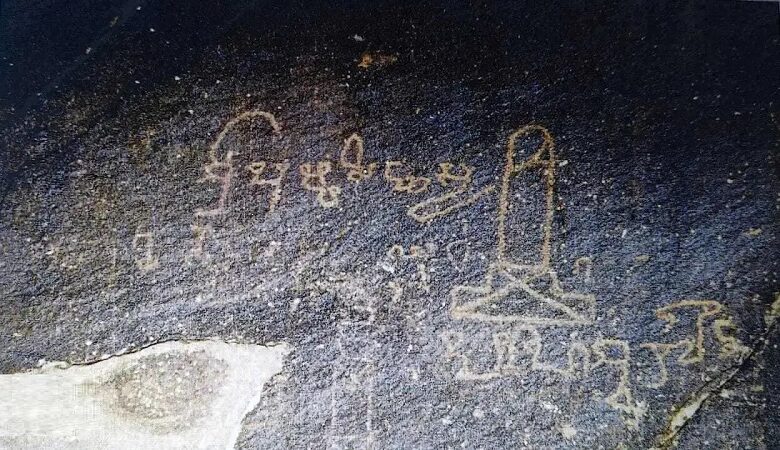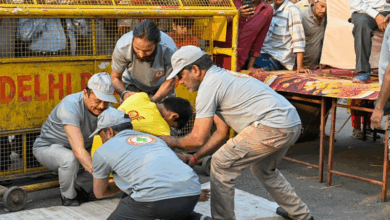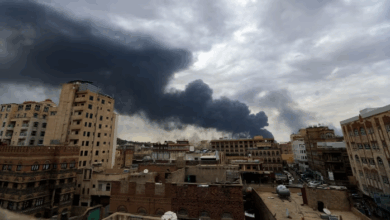
According to a news report, the Archaeological Survey of India uncovered a Sanskrit inscription on a rock near Gilgit in Pakistan-occupied Kashmir. It is said to have been written in Brahmi script about the fourth century CE. K Muniratnam Reddy, ASI epigraphy director, informed TOI that the writing reads: “Pushpasingha, for the merit of his guru (name partially lost), installed a Mahesvaralinga.” Shiv Pratap Singh of Rajasthan sent a photograph of the inscription with ASI, which deciphered it.
Five months ago, ASI decrypted a Sanskrit inscription supplied from a nearby nation. The fragmented inscription, etched on a stone, was discovered near Peshawar. According to Reddy, it was written in Sanskrit and Sharada characters around the 10th century CE. It appears to be referring to Buddhist Dharini (chants), despite its damage and fragmentation. “In line six, it mentions Da (Dha) Rini,” Reddy explained.
Meanwhile, the Uttar Pradesh authorities began renovating and excavating the ancient “MrityuKup” (well of death) in Kot Purvi, which is located in the SambhalKotwali police station region.
The initiative is part of a broader effort to identify and restore wells that are believed to hold religious and spiritual significance.
This month, a four-member team of the ASI also conducted a survey of the recently-discovered Shri Kartik Mahadev temple, five ‘teerths’ (pilgrimage sites) and 19 ‘koops’ (wells).
Speaking to reporters, Sambhal District Magistrate Rajender Pensiya said, “A four-member team of the ASI started the survey this morning. This survey continued till 3.30 pm. In this, the ASI team surveyed five pilgrimage sites and 19 wells of Sambhal and also surveyed the new temple (Shri Kartik Mahadev temple) that was found.”






